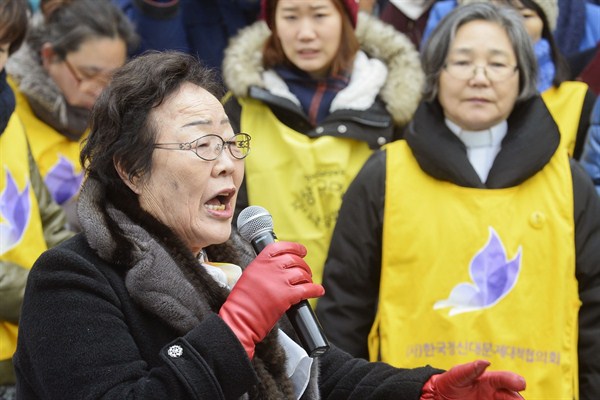In the last week of 2015, the United States received a late Christmas present from the governments of Japan and South Korea. The deal reached by Tokyo and Seoul to resolve their differences over the painful issue of Korea’s so-called comfort women—Korean women forced into sexual slavery by Japan during World War II—helped to remove one of the psychological obstacles to strengthening Washington’s strategic alliances in Asia.
Only days later, North Korea detonated a nuclear weapon, which served to highlight the common threats and shared interests linking the U.S. and its allies. Now the U.S., South Korea and Japan are preparing to hold urgent strategy meetings to deal with the escalating tensions in East Asia.
But North Korea’s nuclear program is only one of the items on the longer-term agenda. It is China’s steep ascent that motivates Washington’s interest in focusing its strategic attention on the region, a policy initially unveiled in late 2011 as the “pivot” or “rebalance” to Asia. South Korea’s complicated relationship with Japan was becoming an obstacle for the U.S. initiative and an enticement for China.

